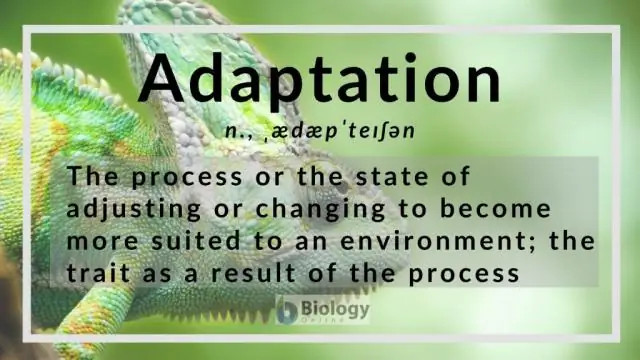- Author Rachel Wainwright [email protected].
- Public 2023-12-15 07:39.
- Last modified 2025-11-02 20:14.
Pupillary reaction
Pupillary reaction is a name that unites some types of pupillary reflexes, mainly to light, accommodation (when the gaze is shifted from a distant object to a nearby one) and convergence (when the gaze is fixed on an object approaching the bridge of the nose).
Types of pupillary reaction:
- hemianopic (synonym: Wernicke symptom): lack of pupil response against the background of homonymous hemianopsia when illuminated by a narrow beam of light of non-functioning retinal halves and its preservation when illuminated by the functioning halves; noted in the case of unilateral damage to the optic tract;
- cochlear (synonym: pupillary reaction otogenic, cochlear reflex): pupillary reaction in the form of rapid constriction of the pupils with their further slow expansion when suddenly exposed to a loud sound;
- myotonic: characterized by a slow constriction of the pupils during convergence, followed by their slow expansion; noted with damage to the central nervous system;
- neurotonic (synonym: pupillotonia): characterized by a slow constriction of the pupils when the eyes are illuminated and their slow expansion after the cessation of illumination (while the reaction to convergence proceeds normally); noted with damage to the central nervous system;
- direct: in the form of constriction of the pupil under the influence of a light stimulus;
- friendly: in the form of constriction of the pupil of one eye, against the background of exposure to a light stimulus on the other eye.
Found a mistake in the text? Select it and press Ctrl + Enter.






